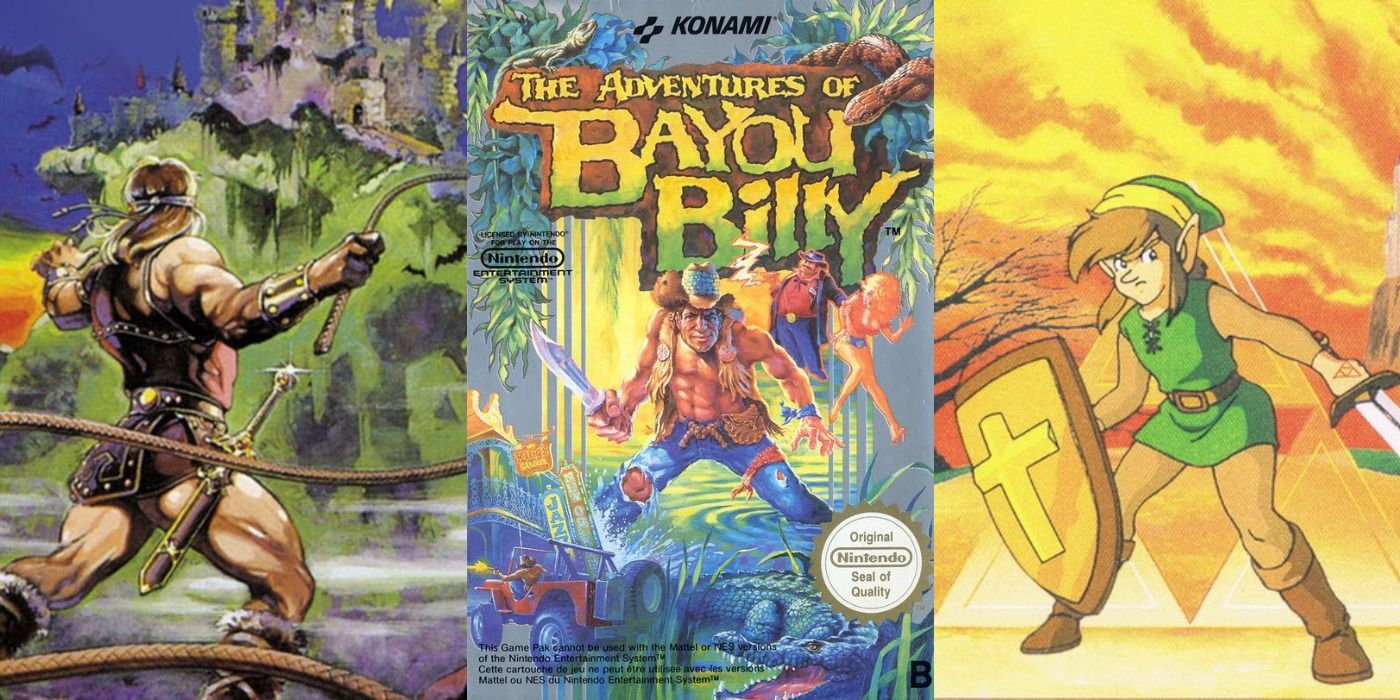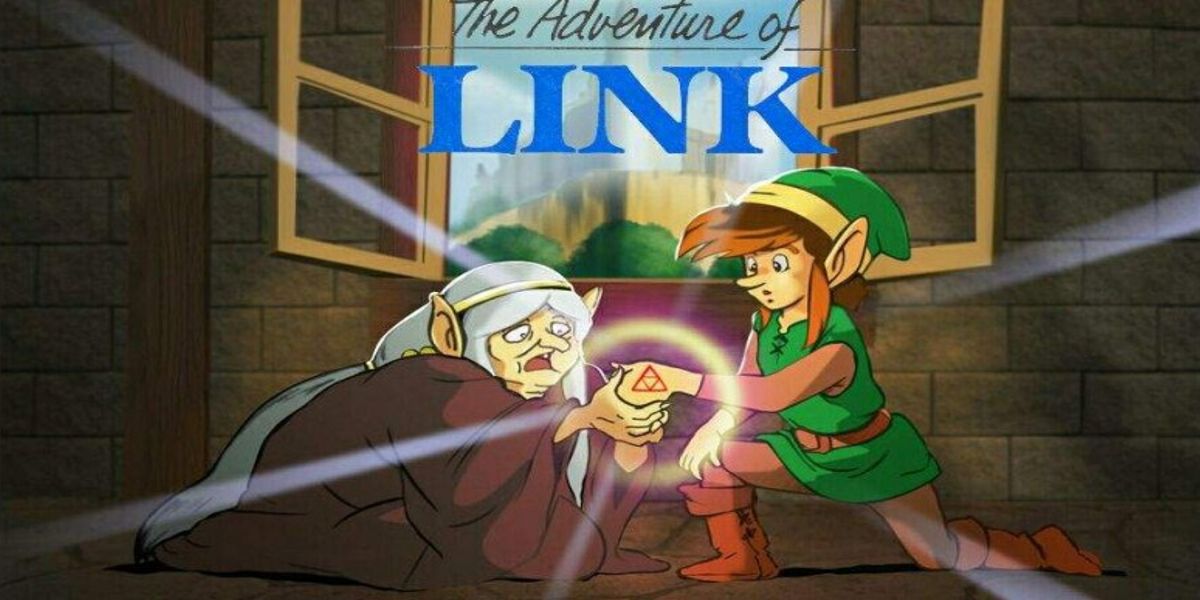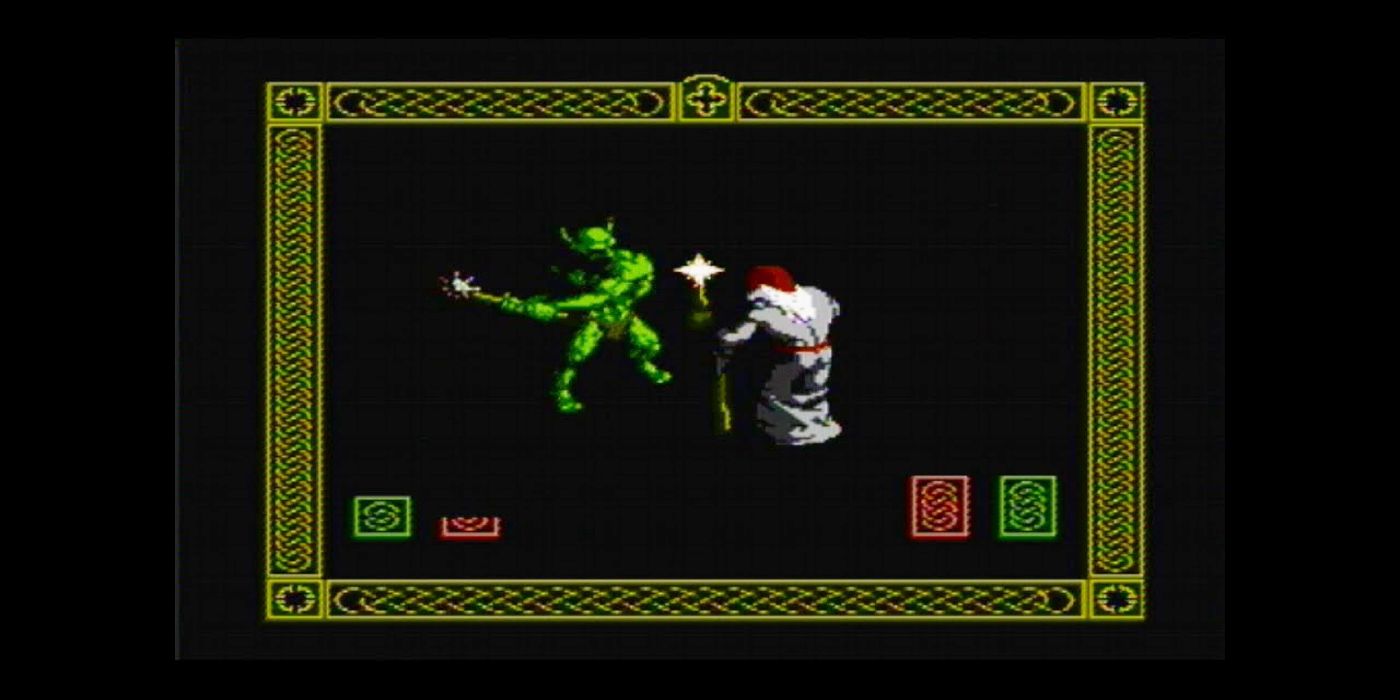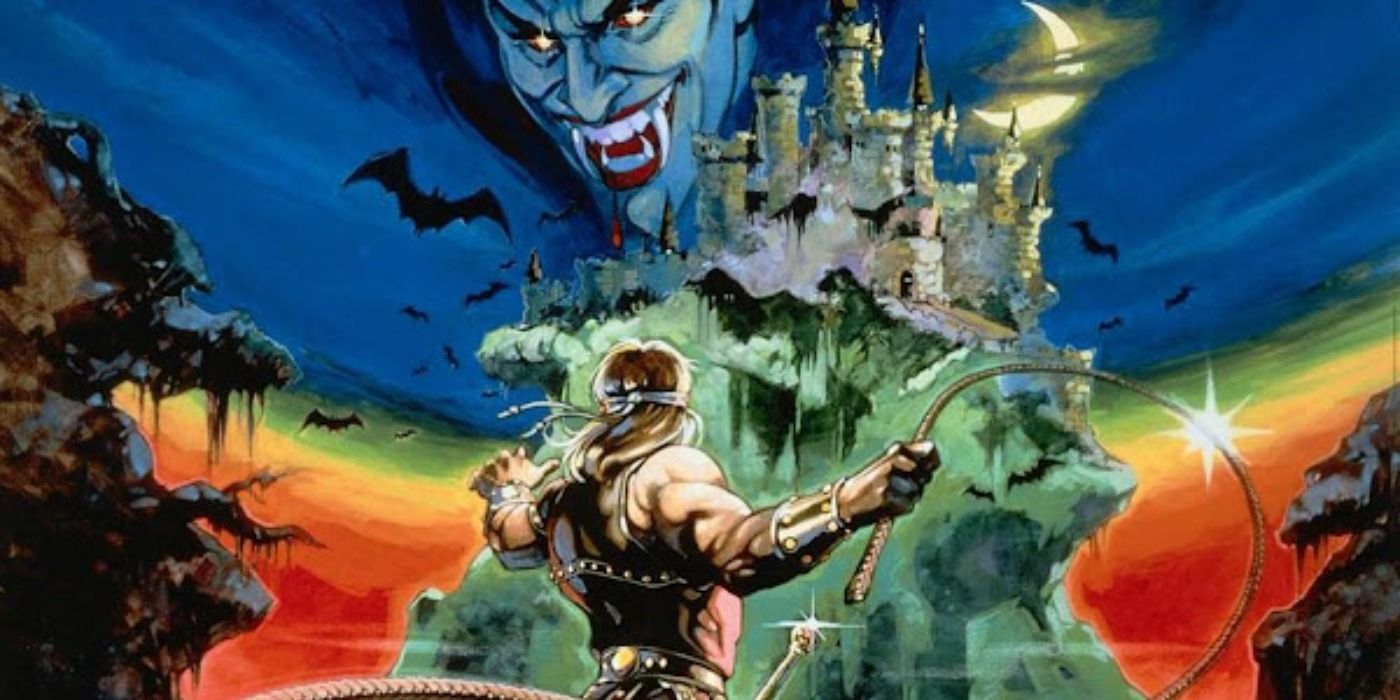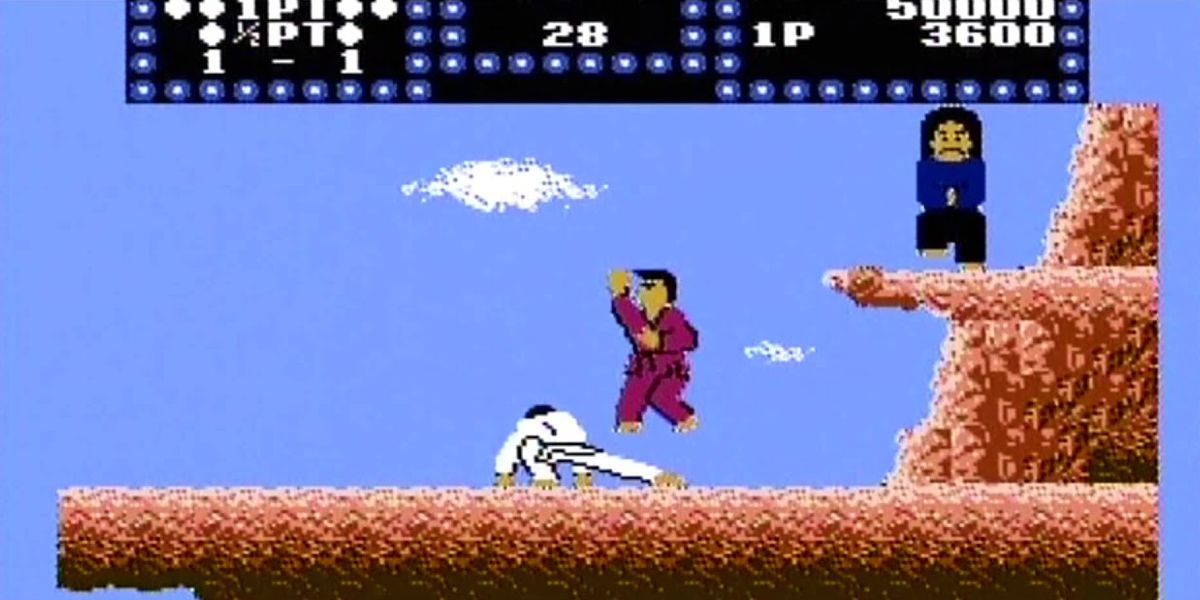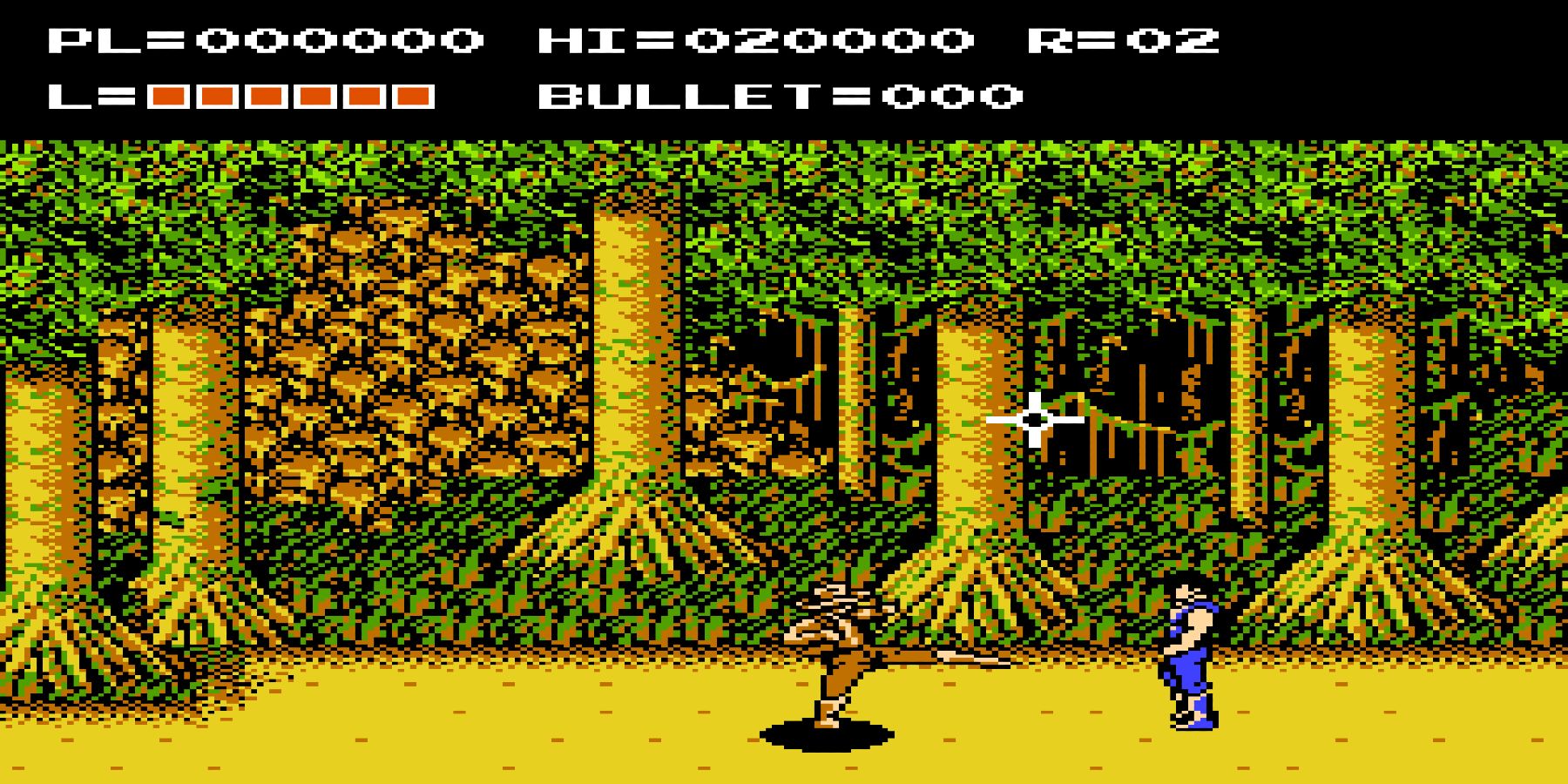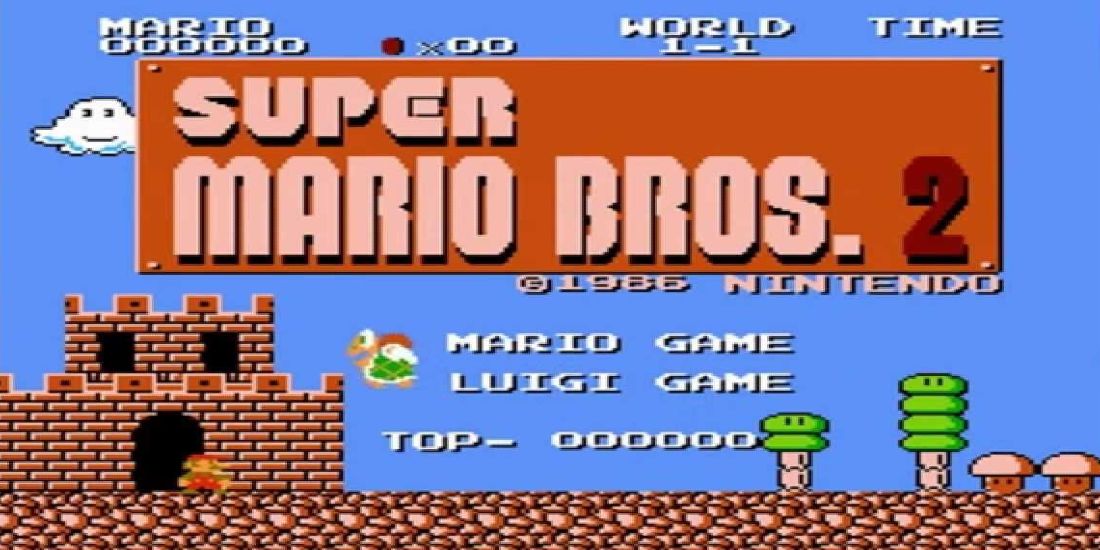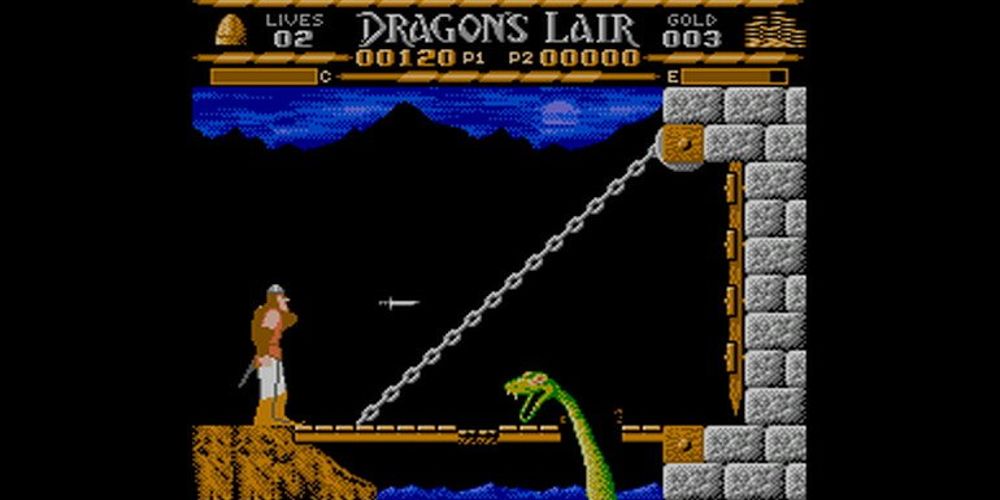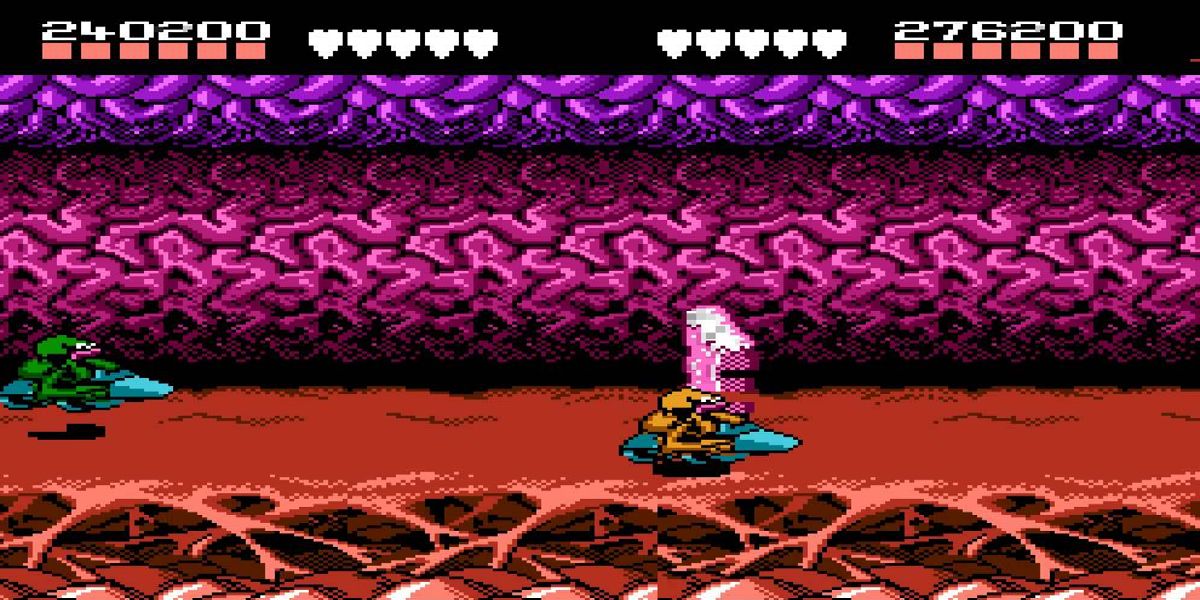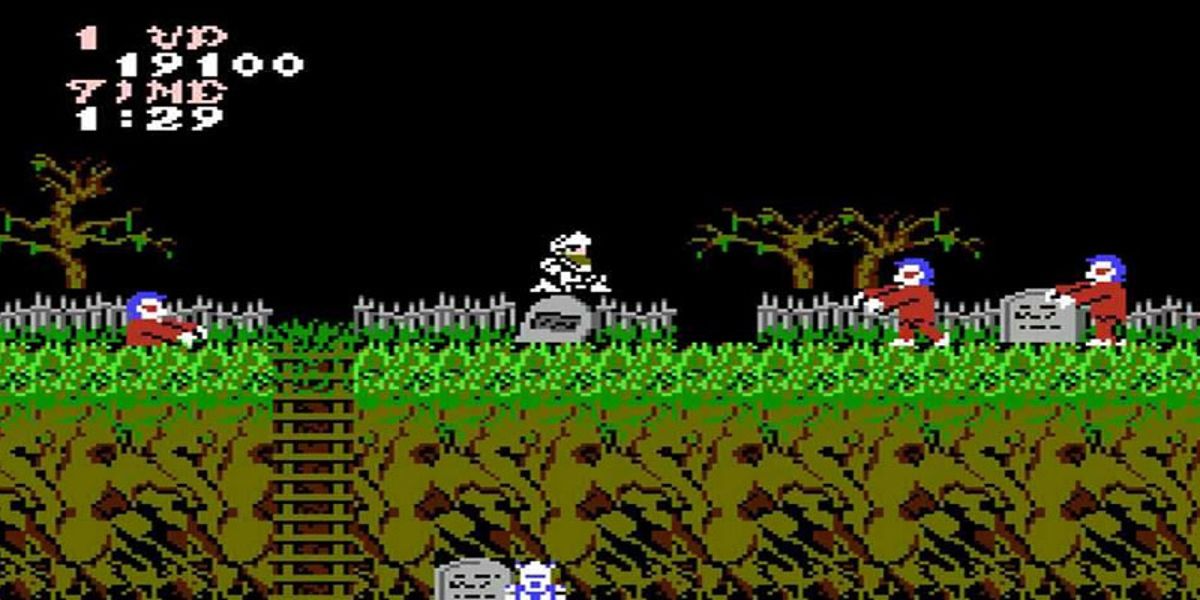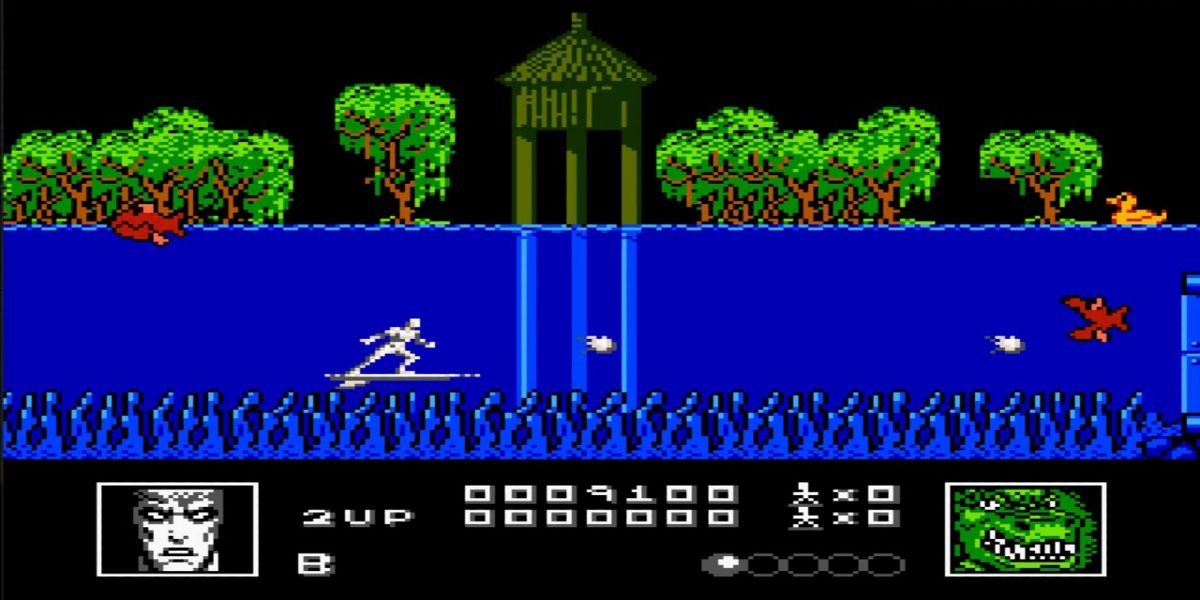Contemporary titles such as From Software's Sekiro: Shadows Die Twice or Studio MDHR's Cuphead may be notorious for their difficulty, but, as retro gaming enthusiasts are often quick to point out, they don't hold a candle to some of the 1980s most excruciatingly challenging home console titles.
Implemented as a means to extend a game's length, titles like Ninja Gaiden, Teenage Mutant Ninja Turtles, and Castlevania II: Simon's Quest provided a limited number of continues, failed to feature password systems, or made forward progression painfully cryptic. Most releases today offer a tough-but-fair challenge, but these old-school offerings were borderline unbeatable.
Legend of Zelda II: The Adventure of Link (1988)
The original Legend of Zelda was a seminal release often thought of as a forebearer of the action-adventure genre as it's known today. With a massive world to explore, a grotesquerie of beasts to battle, and a collection of dungeons to explore, it challenged the very limits of gaming.
Its sequel, while an important RPG in its own right, ramped up the difficulty considerably. Demanding patient grinding and the completion of cryptic puzzles, only a handful of the NES hardcore have claimed victory over this enraging eight-bit.
The Immortal (1990)
As painfully clichéd as it sounds, The Immortal was sort of the Dark Souls of its era. A gruesome, bleak setting, an innovative melee combat system, and a labyrinthine layout demanding intensive memorization all make for a game that plays a bit like a demake of the ever-imitated, never-replicated From Software title.
That said, while Dark Souls can be frustrating, The Immortal teeters on total cruelty at times. In a way, it's more of a puzzle game, requiring players to learn from their mistakes and recognize patterns in order to achieve victory.
Castlevania (1986)
Aside from the original Super Mario Bros., Castlevania may be the single most important sidescrolling platformer of its day. Dripping with gothic atmosphere and unrelenting in its difficulty, Castlevania dared players to explore its cathedrals and catacombs, promising something new and thrilling on every level.
While some may argue that the third installment in the series is more difficult, the original Castlevania lacks the divergent pathways and multiple characters of its sequel. Castlevania on NES offers little in the way of exploits or workarounds, and the only way to beat it is to - as the Souls fans say - get good.
Karate Champ (1986)
While games like Ninja Gaiden and Castlevania offer an extreme-yet-surmountable degree of challenge, many NES games are unintentionally difficult as a result of ineptitude. Gaming was still in its infancy in the mid-1980s, and most developers were novices - especially when it came to home console computing.
As a result, games like Karate Champ are made brutally difficult not because of careful design or savvy programming, but because of gimped controls and shoddy AI. Watching a fight play out between two opponents in Karate Champ is a bit like watching a boxing match play out underwater; movements are slow, painstaking, and lack impact.
The Adventures of Bayou Billy (1989)
One of a select few games to make use of the NES zapper - Nintendo's light gun peripheral that's now an icon of retro gaming - The Adventures of Bayou Billy featured side-scrolling action, driving sections, and arcade shooting sections which made for an experience unlike any other.
That said, few players were likely to find everything the game had to offer, as the difficulty was absolutely through the roof. Common enemies often matched the player in health and damage output, making the act of surviving long enough to make the screen scroll a test of both skill and determination.
Super Mario Bros. 2: The Lost Levels (1986)
Though it technically never saw release in the United States until the debut of Super Mario All-Stars on the SNES, Super Mario Bros. 2, known as The Lost Levels in North American territories, was a sequel to Super Mario Bros. which retrained the aesthetic of the original game while significantly enhancing the difficulty.
Now laden with traps, fake power-ups, and levels that demand near-clairvoyance to beat, Nintendo perhaps demanded too much of their player base. While fans still appreciate The Lost Levels on the Famicom, the Western version of Super Mario Bros. 2 is likely the more well-known, and it made playable staple Mushroom Kingdom characters like Toad and Princess Toadstool.
Dragon's Lair (1990)
The original Dragon's Lair was an innovative arcade title that made use of laser-disc technology to incorporate movie-quality animation into gameplay. Essentially a collection of what's known today as quick time events, Dragon's Lair was a daunting test of skill and reflexes that gained quite a bit of notoriety.
The NES wasn't even close to being able to replicate the arcade game, however, so developer MotiveTime Group opted to recreate the title as a cryptic puzzle platformer. Requiring almost frame-perfect timing and quite a bit of trial and error, this was an exhausting, tooth-grinding exercise that failed to capture the magic of the game on which it was based.
Battletoads (1991)
An important outing for development studio Rare - who would go on to develop Nintendo 64 classics like Banjo Kazooie and Goldeneye 007 - Battletoads was a sidescrolling beat-em-up title that's often heralded as one of the most unforgiving games on the NES. Inventive, stylish, and outrageously punishing, seeing Battletoads through to the end would require hours upon hours of diligent practice.
Perhaps most infamous of all is the game's two-player cooperative mode. Players weren't granted immunity from the others' attacks, meaning that bringing a buddy along for the ride made the game even more difficult than it was to begin with.
Ghosts 'n Goblins (1985)
Though it only consists of six levels and often recycles enemies and design ideas, Ghosts 'n Goblins is considered by many to be the most difficult sidescrolling platformer on the Nintendo Entertainment System. Despite an infinite amount of continues, two hits will always result in death, meaning that there's almost zero margin for error in this horror-themed adventure.
Pair that with erratic, unpredictable enemies and weapon drops of inconsistent usefulness, and it makes for a frustrating experience that requires adept platforming skill and well-trained muscle memory to conquer. Of course, beating it once doesn't count for much, as the only way to achieve the true ending is to beat the game twice.
Silver Surfer (1990)
The NES was home to excellent sidescrolling shooters like R-Type and Life Force, but the genre had yet to find a definite footing, as miserable experiments like Silver Surfer also saw release on the system.
Though the game is mechanically sound, the issue comes from the fact that one hit means instant death, and so much as a brush against a wall or a collision with an object can lead to a game over. It's as absurdly difficult as it gets, and those who manage to make it through have either saintlike patience or godlike reflexes.

